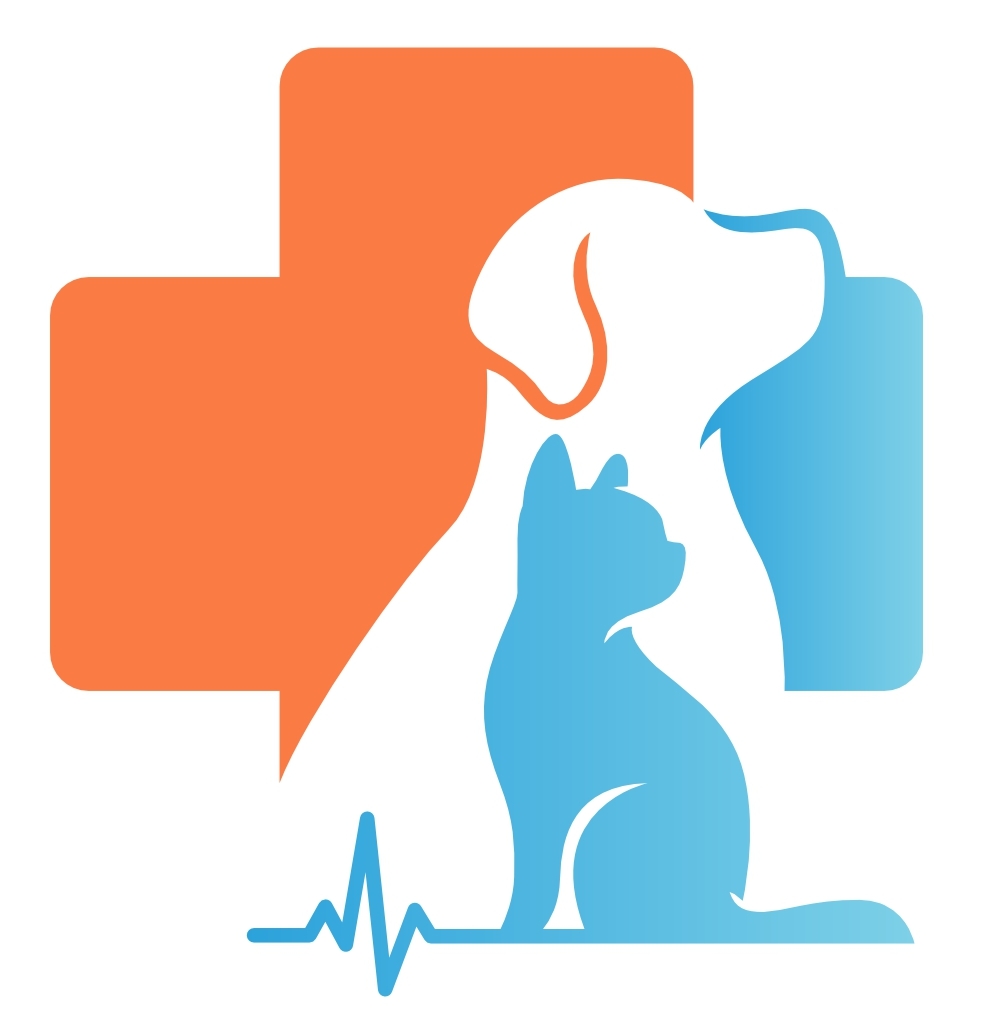Cheyletiellosis (Walking Dandruff) in Rabbits
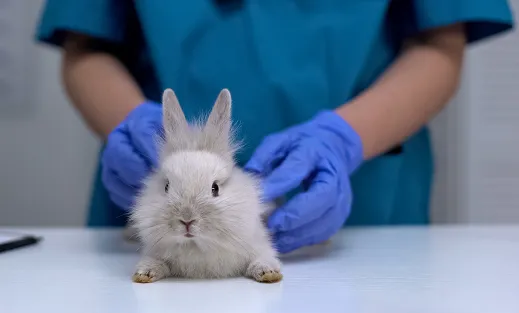
Cheyletiellosis in rabbits is a condition caused by the common rabbit mite, Cheyletiella parasitovorax. This mite’s effects are sometimes called “walking dandruff” because they are large, whitish mites that crawl across the skin and hair of a rabbit and cause excessive flaky skin. Other clinical signs of cheyletiellosis include itching, scratching, and hair/fur loss. This species of mites can live in the environment for a short time and affect people and other animals, so it is important to follow your veterinarian’s recommendations for treating the environment and all pets in the household.
Caring for Your Pets if You Have COVID-19

COVID-19 is a viral respiratory disease of humans that was first discovered in late 2019. The illness is caused by the virus SARS-CoV-2, which is a new coronavirus that has not previously been identified in humans. Certain animals can be infected by the COVID-19 virus, but it appears to be infrequent. Dogs and cats seldom show severe clinical illness if infected with COVID-19.
Telehealth and What it Means

Telehealth is a broad term that refers to the use of telecommunications to provide health-related services. Telehealth services can be delivered by a variety of methods including telephone, text messaging, internet chat, and videoconferencing. Teletriage is the act of performing triage remotely, via telephone or internet and helps determine the urgency of your pet’s medical concern. Telemedicine refers to the practice of medicine at a distance. In the context of veterinary medicine, telemedicine refers to a veterinarian formulating a diagnosis and treatment plan for your pet without an in-person examination. Telemedicine is typically only permitted within the context of an existing Veterinarian-Client-Patient Relationship. Given the current COVID-19 pandemic and social/physical distancing requirements however, some federal and local governments have relaxed the requirements surrounding telemedicine.
Reproductive Diseases in Ferrets
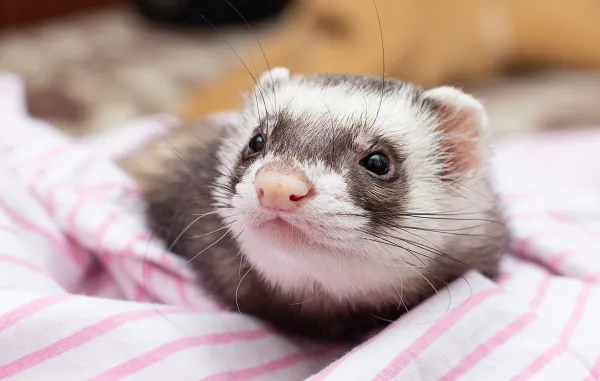
Reproductive disease in ferrets is rare today, as most pet ferrets are spayed or neutered at a young age. One disease that is still occasionally seen in pet ferrets occurs in females that are not spayed. This is called hyperestrogenemia and is a result of persistently high blood levels of estrogen in unspayed females that are not bred or fails to ovulate.
Penetrating Trauma and Gunshot Wounds

Penetrating wounds can look minor on the surface but may cause severe injury below the skin. A thorough assessment requires sedation or anesthesia and surgery may be required to address the extent of the injury. This handout outlines first aid steps a pet owner can take while transporting their injured pet to the veterinary hospital.
How Do Emergency Clinics Work?
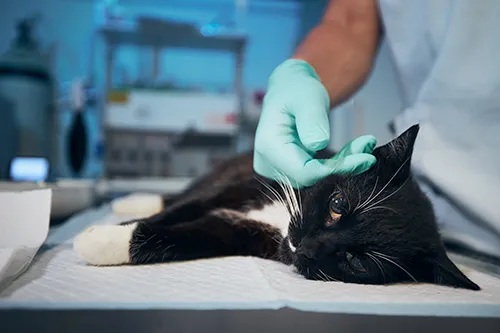
If your pet had an emergency crisis, how would you manage it? Ask your veterinary hospital how they handle after-hour emergencies. Use this handout to help you plan ahead and be prepared in the event of a pet-health emergency.
Health Problems in Rodents
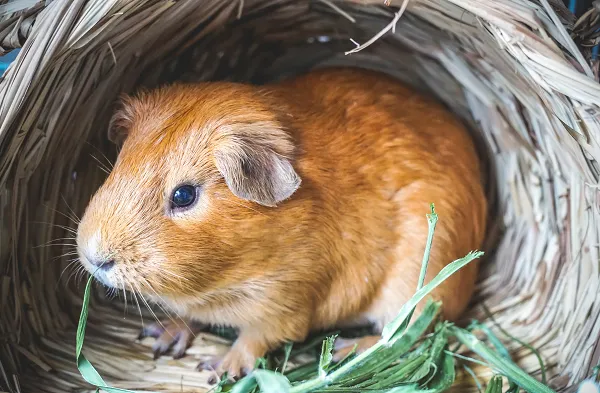
Guinea pigs can be hardy and easy to care for when provided an appropriate environment for their unique needs. Like all animals, guinea pigs are susceptible to certain problems and diseases. This handout outlines the diagnosis, treatment, and prognosis for some of the more common health problems of guinea pigs.
Ferrets: Health Problems
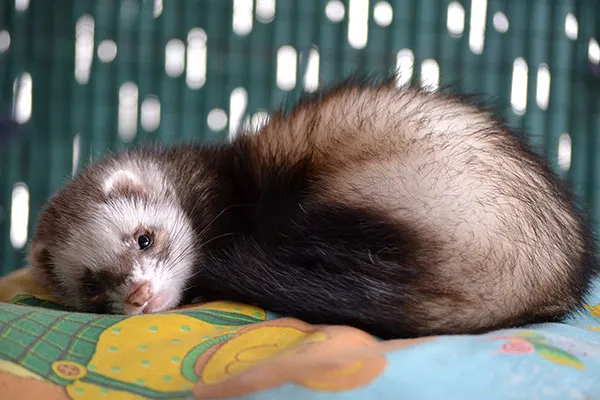
There are several common diseases or conditions that may affect the pet ferret. Like dogs, ferrets may get heartworms, distemper virus, heat stroke and a variety of cancerous conditions. Yearly veterinary health examinations are recommended to assess the presence or absence of any of the diseases listed above.
Sugar Gliders: Common Diseases
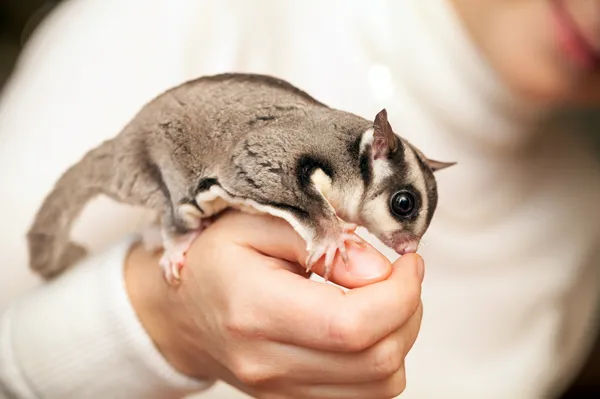
Sugar gliders have become popular pets over the last decade. There are several well-known diseases or conditions that owners of sugar gliders should be aware of. Tooth decay from tartar build-up can lead to tooth root abscesses. Improper diets can lead to low blood calcium, obesity, and tooth decay. Intestinal problems may be caused by an improper diet, a bacterial infection, or a flagellated protozoal infection. It is essential to consult a veterinarian familiar with sugar gliders to select a proper diet and keep your sugar glider healthy.
Sugar Gliders – Feeding
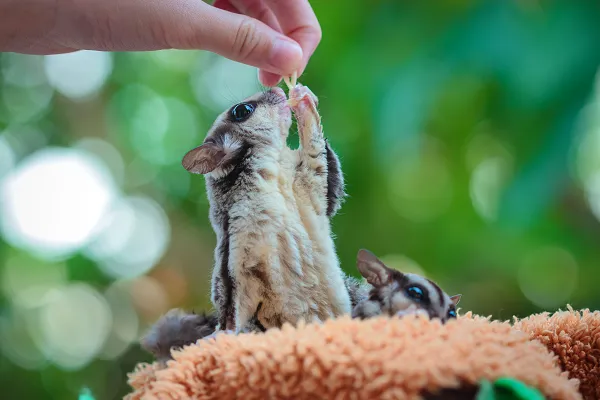
Sugar gliders are small marsupial mammals that are omnivorous eaters, meaning they eat a wide variety of foodstuffs. Items from insects to eucalyptus to gum from the acacia tree may all be consumed to a varying degree. Improper nutrition is one of the most prominent causes of illnesses in sugar gliders. This handout provides the information needed to feed your sugar glider a healthy diet.
